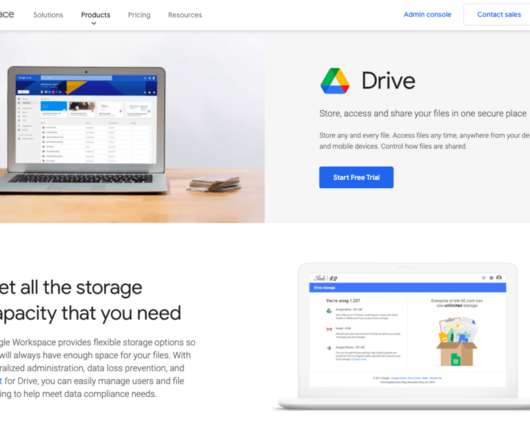Association Learning Systems: Why and How to Invest in a Specialized LMS
Talented Learning
APRIL 10, 2018
1) Increased Revenue Streams. Rather, it must integrate with other functional and business systems, as well as other tools and resources that “live” inside and outside of your organization’s firewall. If you apply the basic principles of technology adoption , people are far more likely to embrace your new solution.
















Let's personalize your content